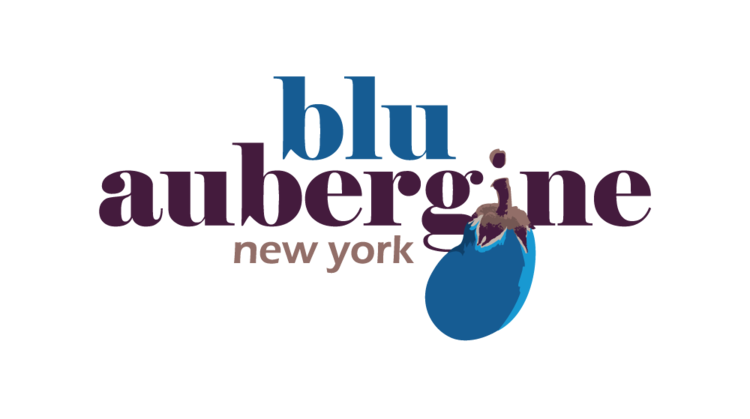SEASONAL INGREDIENT: Cranberries
I've always loved the taste of cranberries. At the age of 6, I was a precocious little thing, turning my nose up at orange juice (what kid doesn't like OJ?) and requesting cranberry juice of my inevitably surprised servers at diners and delis everywhere. Our family vacation destination each August for my entire childhood was Cape Cod, and I think I especially loved our time there because cranberry products were everywhere: cranberry juice was de rigeur at pancake houses all along the Massachusetts coast, and cranberry fudge was a local delicacy we could really only find on the Cape. And speaking of Cape Cod, when I got older (though let's be clear, not old enough), cranberry juice was my mixer of choice with vodka, for a Cape Cod or a Sea Breeze.
Then, a few years after I became of legal drinking age, Sex and the City hit New York and the world, and you can bet I was slugging down Cosmopolitans in 1999! I even brought the drink to Rome, where I taught bartender friends how to make the perfect Cosmo -- though it was a challenge at the time.
You had to really hunt to find two of the key ingredients: cranberry juice and limes (times have really changed in Rome since then -- I like to think I had a hand in the availability of cranberries and limes thanks to my persistent bugging of market owners all over Rome's center!).
It's back in America where cranberries have a real history. They're a perennial holiday favorite, starting off the season with cranberry sauce at Thanksgiving -- and they've been around for centuries. In the 1672 book New England Rarities Discovered, cranberries are described as a "sauce for the Pilgrims, cranberry or bearberry" (bearberry because bears ate the berries)..."that grows in salt marshes that are overgrown with moss. The berries are of a pale yellow color, afterwards red, as big as a cherry...with sower [sic] astringent taste...They are excellent against the Scurvy...The Indians and English use them mush, boyling [sic] them with sugar for sauce to eat with their meat..." And so not much has changed since then. The classic sauce is wonderful -- simply the berries cooked with sugar until they burst. I sometimes like to add orange zest and a little port to add a sophisticated touch to my sauce, but for the most part I like the cranberries to speak for themselves.
In 1787, James Madison wrote to Thomas Jefferson while he was stationed in France, asking for background information on constitutional government to use at the Constitutional Convention. Jefferson obliged, sending Madison several books on the subject and asked in return for distinctly American gifts that he missed (foodie that Jefferson was): apples, pecans, and yes, cranberries.
In the U.S., Wisconsin is the leading producer of cranberries, with over half of American production. And yes, Massachusetts is number two. My native New Jersey is number three in the country (making NJ not just the garden state, but also the bog state, apparently!). Small volume production occurs in Argentina, Chile, and the Netherlands, in the "old world." 1816 marked the first commercially grown cranberries in the States in East Dennis, Massachusetts on Cape Cod. When cultivated, cranberries are grown on low trailing vines atop great sandy bogs.
Nutritionally speaking? Raw cranberries have plenty of vitamin C, dietary fiber, and the essential mineral manganese. They're also a source of polyphenols, currently under active research for their cardiovascular benefits, their cancer-fighting agents, and their capacity to bolster the immune system. Cranberries have been valued for decades for their ability to help prevent and treat urinary tract infections.
Recent studies have also suggested that this powerful berry may promote gastrointestinal and oral health: its phytonutrients are effective in lowering unwanted inflammation, and this extends specifically to the stomach, colon, and the mouth and gums. This miraculous little native American berry may even help aid in recovery from stroke, and lower LDL and raise HDL (good) cholesterol. Clearly, the cranberry packs a powerful, healthful punch!
I even add the berries to my beautiful, red-and-green holiday brittle, using shelled pistachios and dried cranberries as the chewy, crunchy bright spots in the caramelized sweetness of the brittle itself. What's most important? Get creative! Use cranberries where you might have used raisins, cherries, pomegranate, figs, nuts, marmalade, maple syrup, orange or apple juice...the possibilities are practically endless. I've known since the age of 6 that cranberries are delicious -- and now I know, we know, that they're also a smart food choice. Eat, drink, and be berry!
Posted by Dana Klitzberg at Wednesday, December 23, 2015






